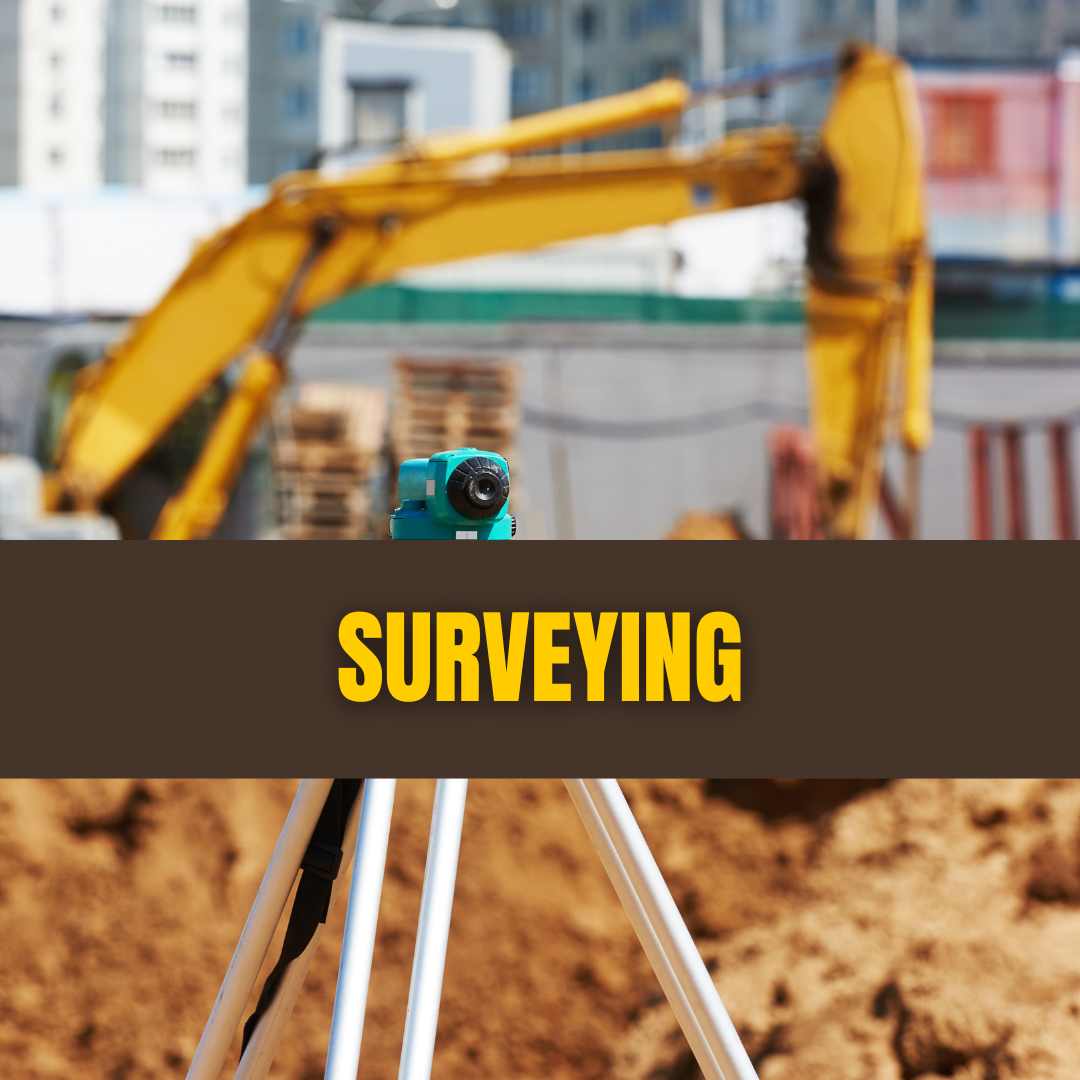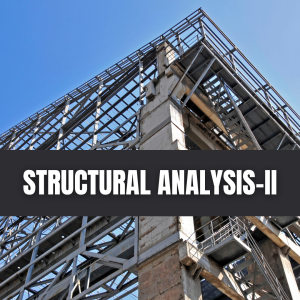Surveying
13.98$
About the course
The term ‘surveying’ stands for a range of activities related to the Measurement, Ownership and Allocation of our Physical Resources, either present on land or in oceans. This subject deals with techniques used for Spatial Measurement and the Study of the Information generated through it.
What will you learn?
The complete online syllabus of this course comprises 5 Learning Modules | 104 Topics of Learning | 5 Hours of Learning | 30 Assessments
Module
- Photogrammetry
- Electromagnetic Distance Measurement
- Remote Sensing
- Geographical Information System
- Global Positioning System
Topics of Learning
- Types of Photogrammetry; Terrestrial Photogrammetry
- The Photo-Theodolite and its Components; Definitions relating to Theodolite
- Horizontal and Vertical Angles from Terrestrial Photograph
- Elevation of a Point by a Photographic Measurement
- Aerial Camera and its Components
- Types of Photograph; Various definitions and Nomenclature
- Scale of a Vertical Photograph; Kinds of Scale
- Computation of Length of Line between the Points of Different Elevations
- Determination of Height of Lens for a Vertical Photograph
- Relief Displacement on a Vertical Photograph
- Scale of a Tilted Photograph; Computation of Length of Line between the Points of Different Elevations
- Determination of flying height for a Tilted Photograph
- Tilt Displacement; Relief Displacement on a Tilted Photograph
- Combined Effect of Tilt and Relief
- Flight Planning for Aerial Photography; Reason for Overlap; Effective Coverage of the Photograph
- Selection of Flying Altitude; Number of Photographs necessary to cover a given area
- Interval between Exposures; Crab and Drift
- Ground Control for Photogrammetry
- Radial Line Method of Plotting; Steps in Radial Line Method
- Mosaics
- Stereoscopic Plotting Measurements
- Electromagnetic Waves; Properties of Electromagnetic Waves
- Modulation and its type
- EDM Instruments-Microwave and Light wave Instruments
- Geodimeter: Components and principle
- Tellurometer: Components and principle
- Distomat DI 1000;Distomat DI 5S
- Distomat DI 3000;Distomat DIOR 3002
- Fundamental Measurement using Total Station; Horizontal Angle and Vertical Angle
- Slope Distance; Horizontal Distance and Vertical Distance
- Introduction; Historical Sketch of remote Sensing
- Idealized remote Sensing Systems
- Basic Principles Of Remote Sensing
- Electromagnetic Energy
- Electromagnetic Spectrum
- Wavelength Regions And their Applications
- Characteristics Of Solar Radiation
- Basic Radiation Laws
- EM Radiation And the Atmosphere
- EM Radiation And the Earth’s Surface
- Platforms
- Sensors
- Application Of Remote Sensing
- Introduction To GIS; History And Development Of GIS
- GIS Objectives; Components of a GIS
- Map And Map Scales-Introduction, Types And History
- Coordinate System, Map Projection, Geo referencing
- Spatial Database Management-DBMS, Data Structures
- Entity Relationship Models, Normalization
- GIS Data Models
- Vector Data Structure And Raster Data Structure
- Map Layout, Data Representation
- Introduction to Web GIS
- OGC Standards and Services
- Introduction to GPS; Fundamental Concepts of GPS
- GPS System Elements and Signals
- GPS measurements ;Accuracy of Measurements
- Satellite Movement; GPS Satellites
- Geoids; Ellipsoid and Datum
- Spheroid
- Customized Local Reference Ellipsoids; National Reference Systems
- Worldwide Reference Ellipsoid; WGS 84
- Static, Kinematic and Differential GPS; Classification of GPS Receivers
- GPS Applications
For a quick review, please watch our videos here 




